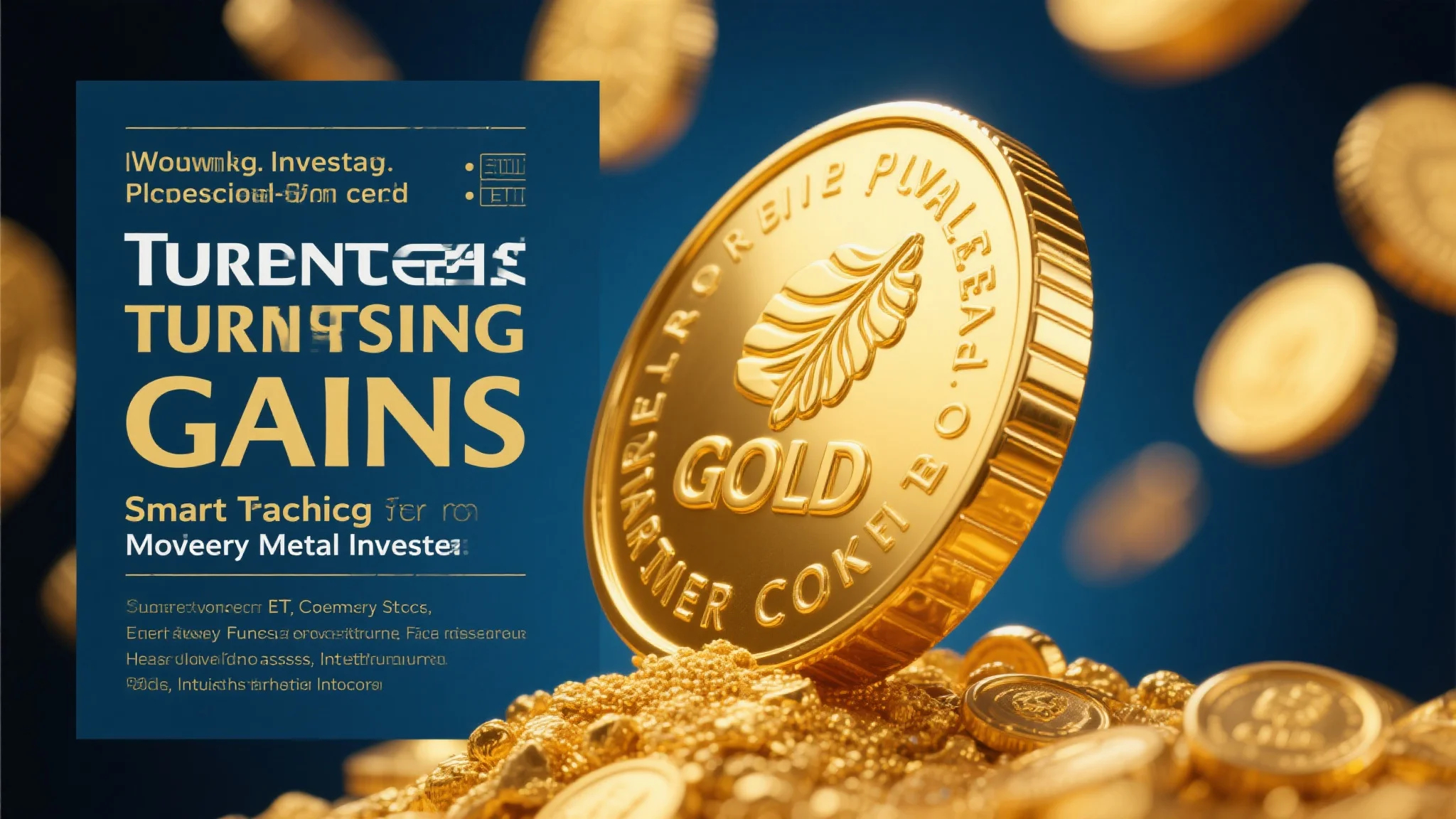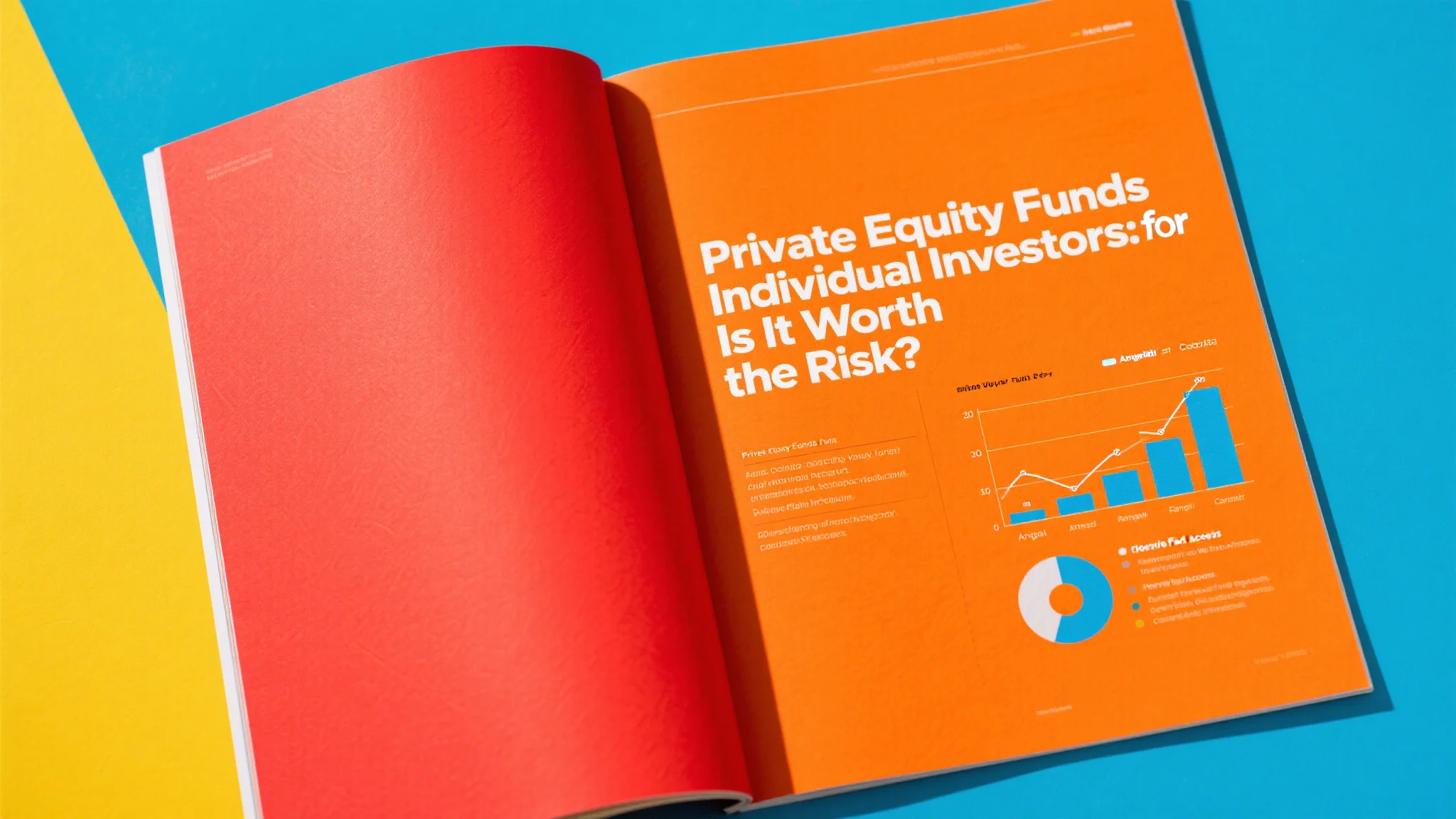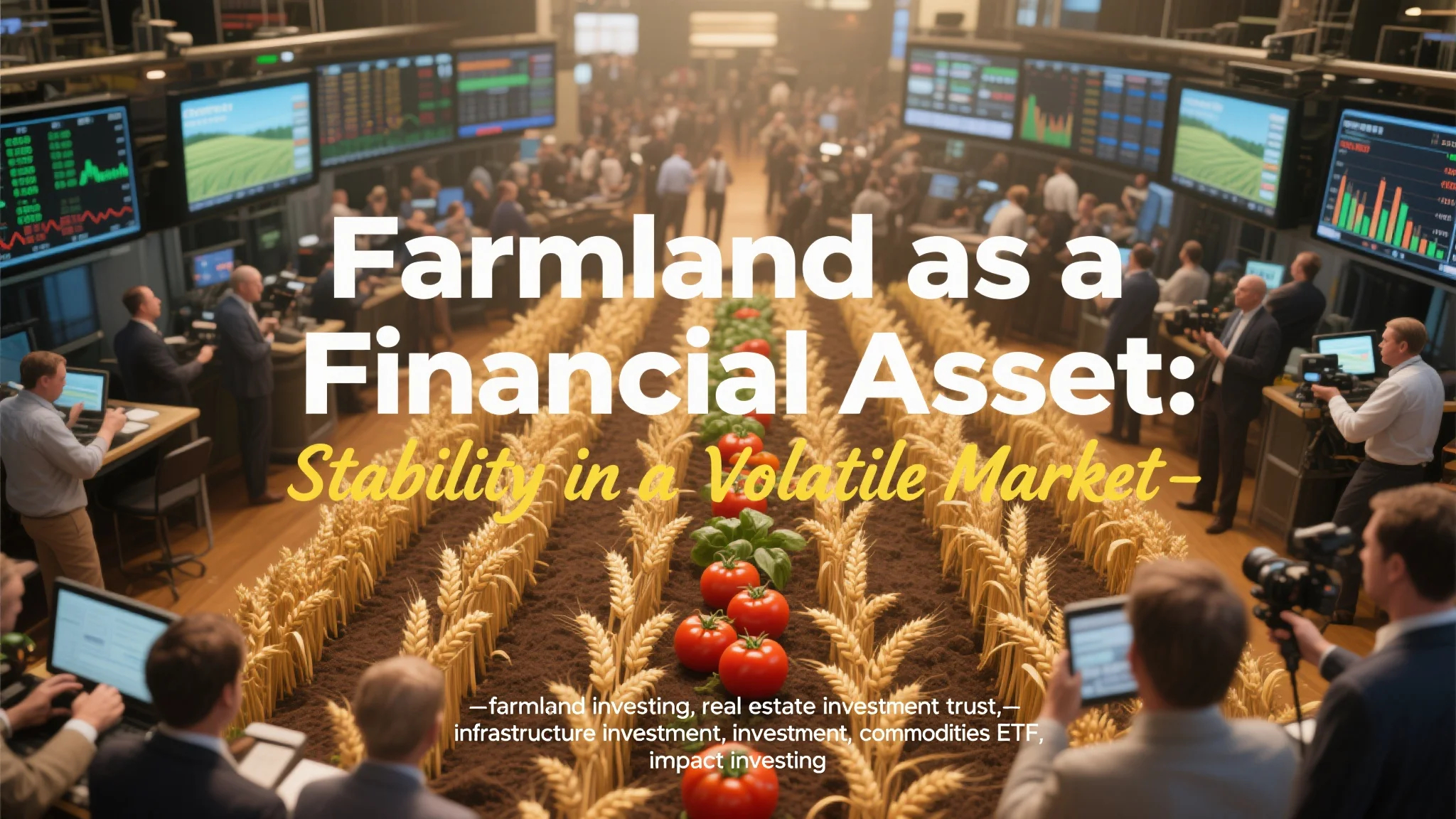
Turning Gold into Gains: Smart Tactics for Modern Precious Metal Investors
The Timeless Appeal of Investing in Gold
For centuries, investing in gold has served as a hedge against inflation and economic uncertainty. Modern investors have more options than ever to gain exposure to this precious metal, from physical bullion to sophisticated financial instruments. Gold’s unique properties as a store of value make it particularly attractive during periods of currency devaluation or stock market volatility.
When considering investing in gold, it’s important to understand the different forms available. Physical gold offers direct ownership but comes with storage and insurance costs. Gold mining stocks provide leverage to gold prices but introduce company-specific risks. Gold futures and options offer sophisticated exposure but require specialized knowledge to trade effectively.
Commodities ETF for Diversified Exposure
Commodities ETF products have revolutionized access to hard assets like precious metals. These funds track baskets of commodities or commodity futures, offering investors a convenient way to diversify beyond traditional stocks and bonds. Many ETFs provide specific exposure to gold, silver, and other precious metals without the complexities of futures trading.
The best commodities ETF choices balance expense ratios with tracking accuracy and liquidity. Some funds hold physical metal, while others use futures contracts or invest in mining companies. Investors should carefully read prospectuses to understand the specific risks and strategies employed by each ETF before allocating capital.
Clean Energy Stocks with Precious Metal Components
Many clean energy stocks rely heavily on precious metals like silver and platinum for their technologies. Solar panels, fuel cells, and battery technologies all require significant amounts of these materials. Investing in companies that both produce and utilize precious metals can provide dual exposure to the clean energy transition and commodity price movements.
When evaluating clean energy stocks, investors should consider both the company’s technological advantages and its supply chain resilience. Companies with secure access to critical metals often enjoy competitive advantages. The growing demand for renewable energy infrastructure suggests long-term tailwinds for these investments.
Hedge Fund Access to Sophisticated Strategies
Wealthy investors gain hedge fund access to specialized precious metal trading strategies unavailable to retail investors. These may include arbitrage between physical and paper markets, relative value trades between different metals, or complex options strategies. Hedge funds can also provide exposure to private mining ventures and royalty companies.
Obtaining proper hedge fund access requires meeting accreditation standards and minimum investment requirements. The most successful precious metal hedge funds combine deep commodity expertise with disciplined risk management. Investors should carefully evaluate performance history and strategy transparency before committing capital.
Infrastructure Investment with Metal Components
Infrastructure investment often involves significant exposure to industrial metals like copper and silver. Roads, bridges, electrical grids, and telecommunications networks all require substantial metal inputs. Investors can gain exposure through infrastructure funds, mining companies, or direct investments in projects.
When considering infrastructure investment opportunities, it’s important to analyze both the demand outlook for specific metals and the geopolitical risks of supply. Many analysts predict structural deficits in several industrial metals due to underinvestment in mining capacity and growing green energy needs.
Building a Balanced Precious Metal Portfolio
The most successful investors combine elements of investing in gold with strategic allocations to commodities ETF products. They include clean energy stocks for growth potential while using hedge fund access for sophisticated strategies. Infrastructure investment rounds out the portfolio with real asset exposure.
This diversified approach to precious metals helps manage risk while positioning across the entire value chain. Most financial advisors recommend keeping commodity allocations to 5-15% of total investable assets, depending on risk tolerance and investment horizon.
Risk Management in Precious Metal Investing
While investing in gold and other metals offers portfolio diversification benefits, it also carries unique risks. These include price volatility, geopolitical factors affecting mining operations, and changes in industrial demand. Investors should implement disciplined position sizing and rebalancing strategies.
Proper due diligence is essential when evaluating any metal-related investment. Many sophisticated investors work with specialized advisors to navigate this complex landscape and construct portfolios that align with their financial goals and risk tolerance.


